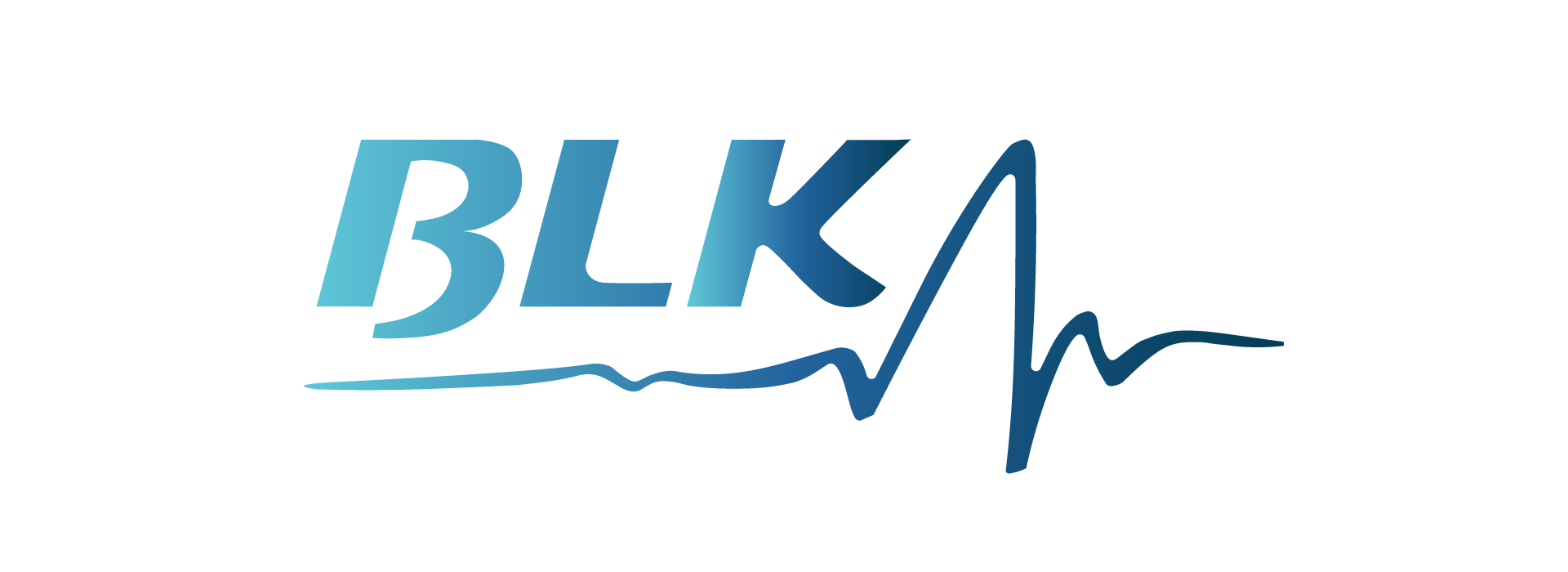Navigating the world of health insurance can feel like learning a new language. With so many terms and concepts to understand, it’s easy to get overwhelmed. However, having a grasp of the basics can significantly impact your ability to make informed decisions about your healthcare.
This guide is designed to demystify health insurance terms for beginners, helping you understand and navigate your coverage with confidence.
What is Health Insurance?
Definition and Purpose
Health insurance is a type of coverage that pays for medical and surgical expenses incurred by the insured. It is designed to protect you from high medical costs by spreading the financial risk among a large group of people.
Types of Health Insurance Plans
There are various types of health insurance plans, each with its own set of rules and benefits. The main types include employer-sponsored plans, individual or family plans, Medicare, Medicaid, and the Children’s Health Insurance Program (CHIP).
Basic Health Insurance Terms
Premium
The premium is the amount you pay for your health insurance every month. It’s like a subscription fee that keeps your coverage active.
Deductible
The deductible is the amount you must pay out-of-pocket for healthcare services before your insurance begins to pay. For example, if your deductible is $1,000, you will need to pay that amount before your insurance starts covering costs.
Copayment (Copay)
A copayment is a fixed amount you pay for a covered healthcare service, usually at the time of service. For instance, you might have a $20 copay for a doctor’s visit.
Coinsurance
Coinsurance is the percentage of costs you share with your insurance after you’ve paid your deductible. If your coinsurance is 20%, you’ll pay 20% of the costs of services after your deductible has been met, and your insurance will cover the remaining 80%.
Health Insurance Plan Types
Health Maintenance Organization (HMO)
HMOs require you to choose a primary care physician (PCP) and get referrals from them to see specialists. They typically have lower premiums and out-of-pocket costs but less flexibility in choosing providers.
Preferred Provider Organization (PPO)
PPOs offer more flexibility in selecting healthcare providers and do not require referrals for specialists. However, they tend to have higher premiums and out-of-pocket costs.
Exclusive Provider Organization (EPO)
EPOs combine aspects of HMOs and PPOs. They do not require referrals, but you must use the plan’s network providers except in emergencies.
Point of Service (POS)
POS plans require a primary care physician and referrals for specialists, like HMOs, but allow you to see out-of-network providers at a higher cost, like PPOs.
Enrollment and Eligibility
Open Enrollment Period
This is the time of year when you can enroll in a health insurance plan, typically lasting a few weeks, usually from Nov to Jan.
Special Enrollment Period
If you experience a qualifying life event, such as marriage, birth of a child, or loss of other coverage, you may be eligible for a special enrollment period.
Qualifying Life Events
Events that allow you to enroll in or change your health insurance outside the open enrollment period. Examples include marriage, divorce, birth, or adoption of a child.
Understanding Coverage
In-Network vs. Out-of-Network Providers
In-network providers have agreements with your insurance company to provide services at a discounted rate. Out-of-network providers do not, which usually results in higher costs for you.
Covered Services
These are the medical services that your insurance plan agrees to pay for, either fully or partially.
Exclusions and Limitations
Exclusions are services that are not covered by your insurance plan. Limitations are conditions or restrictions on the coverage for certain services.
Claims and Billing
Explanation of Benefits (EOB)
An EOB is a statement from your insurance company detailing what costs it will cover for medical services you’ve received. It is not a bill but an explanation of what has been paid and what you owe.
Filing a Claim
A claim is a request for your insurance company to pay for services you’ve received. Typically, your healthcare provider will file claims on your behalf.
Understanding Medical Bills
Medical bills show the charges for services provided. Reviewing them alongside your EOB can help ensure accuracy and avoid overcharges.
Out-of-Pocket Costs
Out-of-Pocket Maximum
This is the most you’ll pay for covered services in a year. After you reach this amount, your insurance pays 100% of covered services for the rest of the year.
Lifetime Limit
The maximum amount your insurance will pay for covered services over your lifetime. Under the Affordable Care Act, most plans are prohibited from imposing lifetime limits on essential health benefits.
Annual Limit
The maximum amount your insurance will pay for covered services in a year. The Affordable Care Act also prohibits annual limits on essential health benefits.
Preventive Care
Definition and Importance
Preventive care includes services that help prevent illnesses or detect health issues early when they’re easier to treat. Examples include screenings, check-ups, and vaccinations.
Common Preventive Services Covered
Most insurance plans cover preventive services like flu shots, cholesterol screenings, and mammograms at no cost to you.
Special Health Insurance Programs
Medicaid
A joint federal and state program that helps with medical costs for people with limited income and resources.
Medicare
A federal program providing health coverage for people 65 and older or those with certain disabilities.
Children’s Health Insurance Program (CHIP)
A program that provides low-cost health coverage to children in families that earn too much money to qualify for Medicaid.
Navigating Prescription Drug Coverage
Formulary
A list of prescription drugs covered by your insurance plan. Drugs not on the formulary may cost more or not be covered at all.
Generic vs. Brand-Name Drugs
Generic drugs are equivalent to brand-name drugs but typically cost less. Insurance plans often encourage or require the use of generic drugs.
Mail Order Pharmacy
Many insurance plans offer a mail-order pharmacy option, allowing you to receive medications by mail, often at a lower cost.
Health Savings Accounts (HSAs) and Flexible Spending Accounts (FSAs)
Differences Between HSAs and FSAs
HSAs are savings accounts for those with high-deductible health plans, allowing pre-tax contributions. FSAs are employer-established accounts that let employees set aside pre-tax dollars for medical expenses, but funds must be used within the plan year.
Benefits of Using HSAs and FSAs
Both HSAs and FSAs help you save money on healthcare costs by using pre-tax dollars, reducing your overall taxable income.
Choosing the Right Health Insurance Plan
Assessing Your Health Needs
Consider your current health status, frequency of doctor visits, and any ongoing medical conditions.
Comparing Plans
Look at premiums, deductibles, copayments, and coinsurance. Evaluate the network of providers and covered services.
Common Misconceptions About Health Insurance
Myth-Busting Common Beliefs
- “The cheapest plan is always the best.” – Not necessarily, as it might not cover needed services.
- “I don’t need insurance if I’m healthy.” – Unexpected medical issues can arise, leading to high costs.
Clarifying Confusing Terms
Terms like deductible, copay, and coinsurance can be confusing. Refer back to their definitions to understand your plan better.
Health insurance can seem complex, but understanding the basic terms and concepts can help you navigate it more effectively. By becoming familiar with these terms, you’ll be better equipped to make informed decisions about your healthcare coverage. Stay informed, ask questions, and choose the plan that best meets your needs.
FAQs
What is a network in health insurance?
A network is a group of healthcare providers that have agreed to provide services to members of a health insurance plan at discounted rates.
How does coinsurance work?
Coinsurance is the percentage of costs you pay for a covered healthcare service after you’ve paid your deductible. For example, if your coinsurance is 20%, you pay 20% and your insurance covers 80%.
Can I change my health insurance plan outside of the open enrollment period?
Yes, if you experience a qualifying life event, you can change your plan during a special enrollment period.
What is an HMO, and how does it differ from a PPO?
An HMO requires you to choose a primary care physician and get referrals to see specialists, usually offering lower costs. A PPO offers more flexibility in choosing providers and doesn’t require referrals but typically comes with higher costs.




